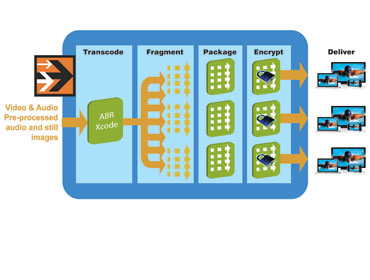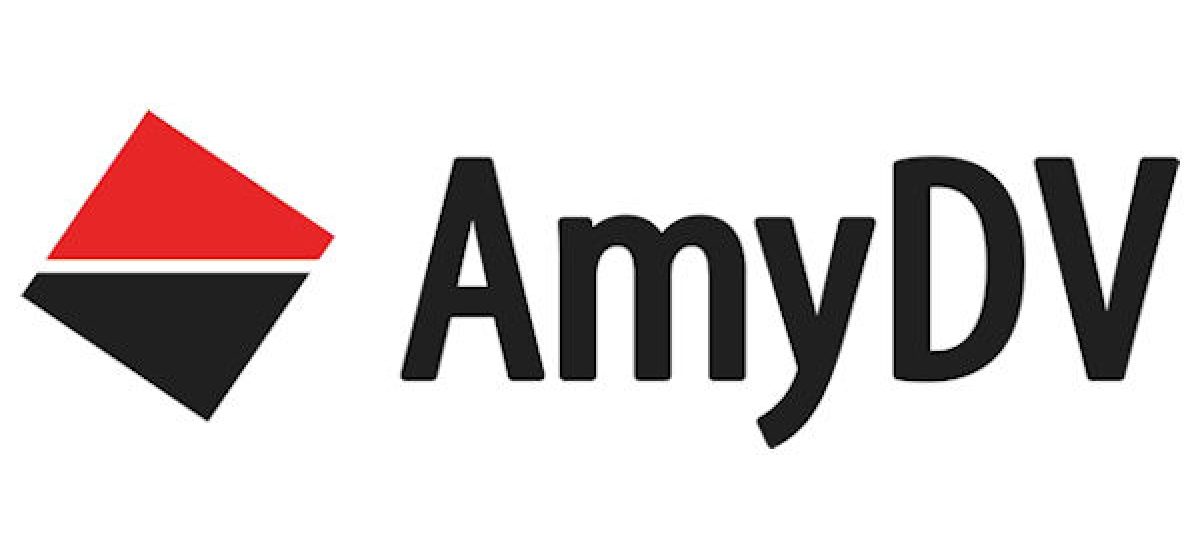Guide to Adaptive Bitrate Streaming
[:el]What you’ll learn:
- Understanding adaptive bitrate streaming: multiple files and layers optimized for video playback devices and bandwidth connectivity

- Factors to consider for high-volume content preparation: playlist processing, transcoding, content packaging, encryption and DRM, validation and tracking, and content delivery
- How to integrate ABR content preparation into existing media processing workflows
- A comprehensive, unified system approach
Adaptive bitrate streaming is a double-edged sword. Its benefits to end-users are obvious, but it also presents significant challenges for content owners and others who prepare media for distribution. This paper provides an overview of how ABR files differ from conventional streaming files, the implications of those differences for conventional media preparation processes, and how those processes may be successfully adapted to create highly-efficient, cost-effective ABR workflows.
H ΑmyDV είναι αποκλειστικός αντιπρόσωπος της Telestream για την Ελλάδα και την ευρύτερη γεωγραφική περιοχή.
![]()
[:en]What you’ll learn:
- Understanding adaptive bitrate streaming: multiple files and layers optimized for video playback devices and bandwidth connectivity
- Factors to consider for high-volume content preparation: playlist processing, transcoding, content packaging, encryption and DRM, validation and tracking, and content delivery
- How to integrate ABR content preparation into existing media processing workflows
- A comprehensive, unified system approach
Adaptive bitrate streaming is a double-edged sword. Its benefits to end-users are obvious, but it also presents significant challenges for content owners and others who prepare media for distribution. This paper provides an overview of how ABR files differ from conventional streaming files, the implications of those differences for conventional media preparation processes, and how those processes may be successfully adapted to create highly-efficient, cost-effective ABR workflows.[:]

